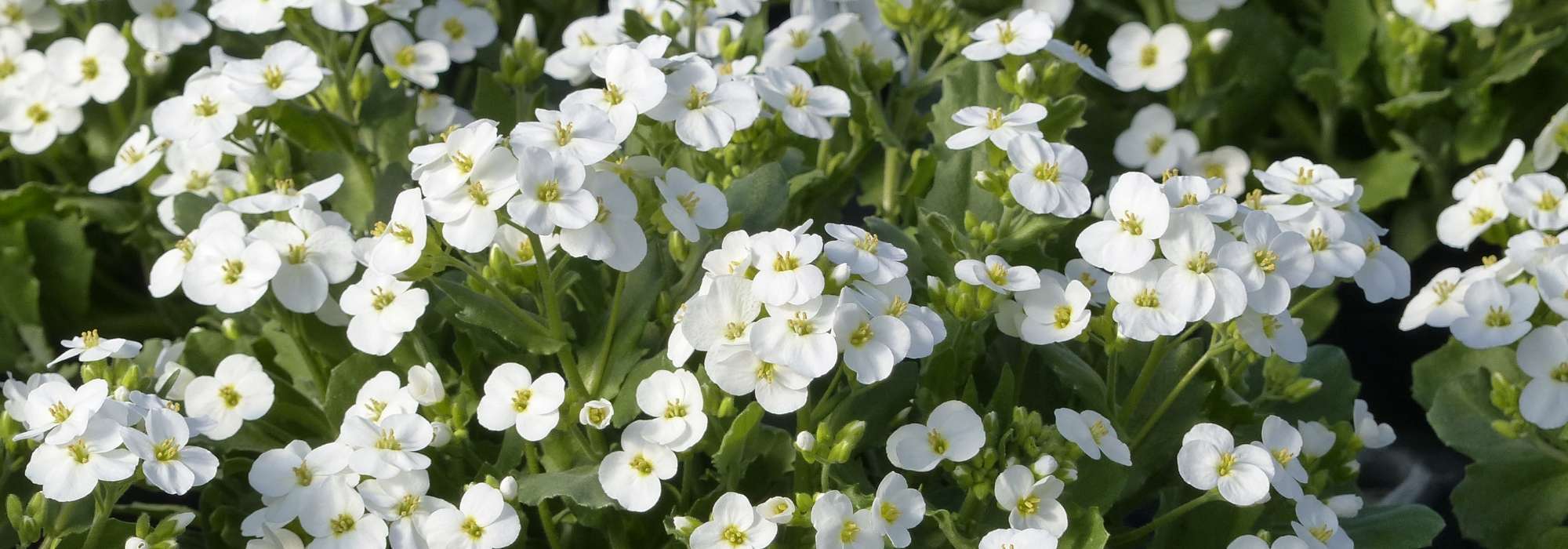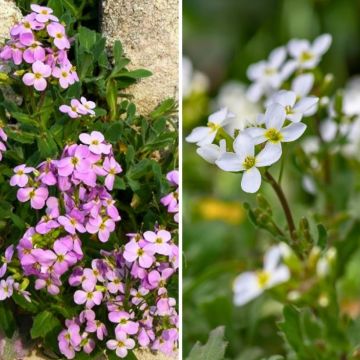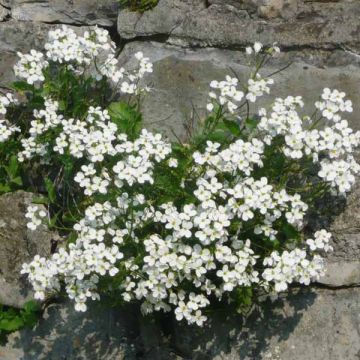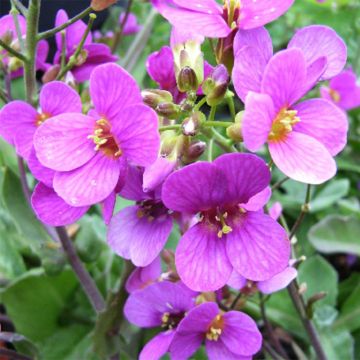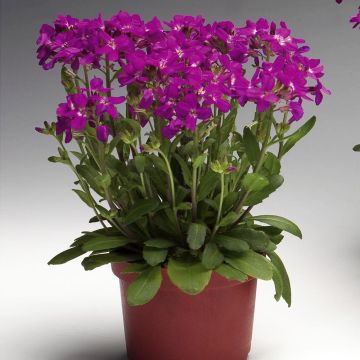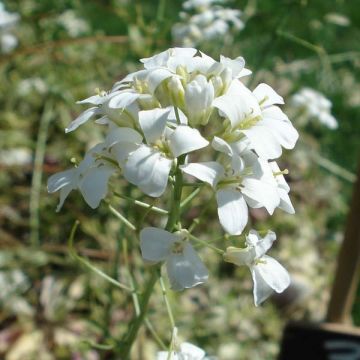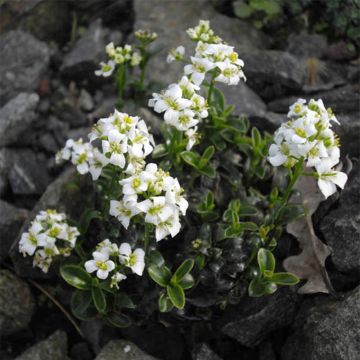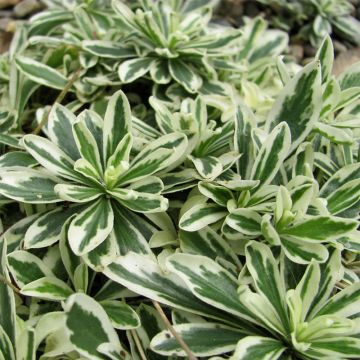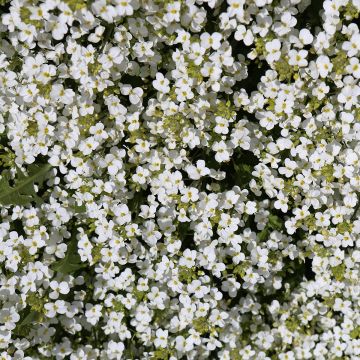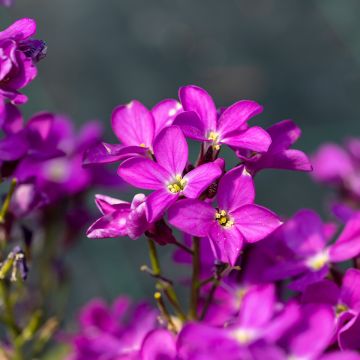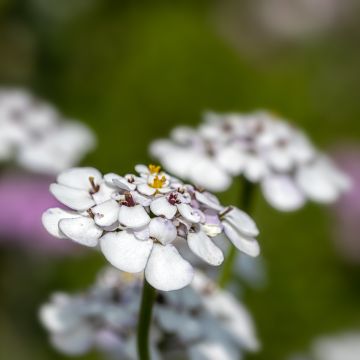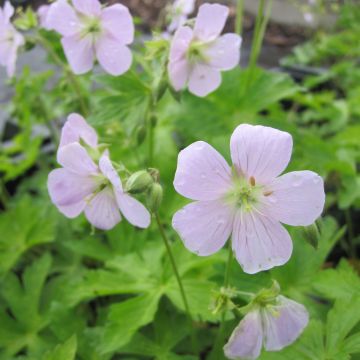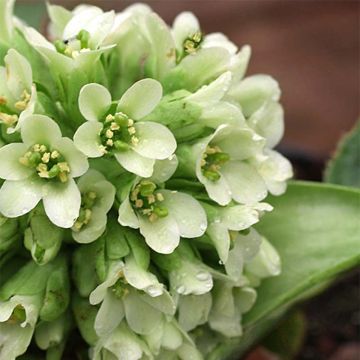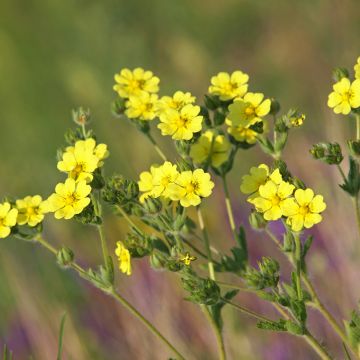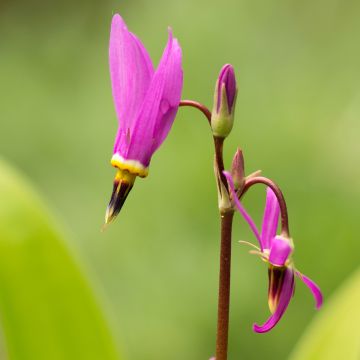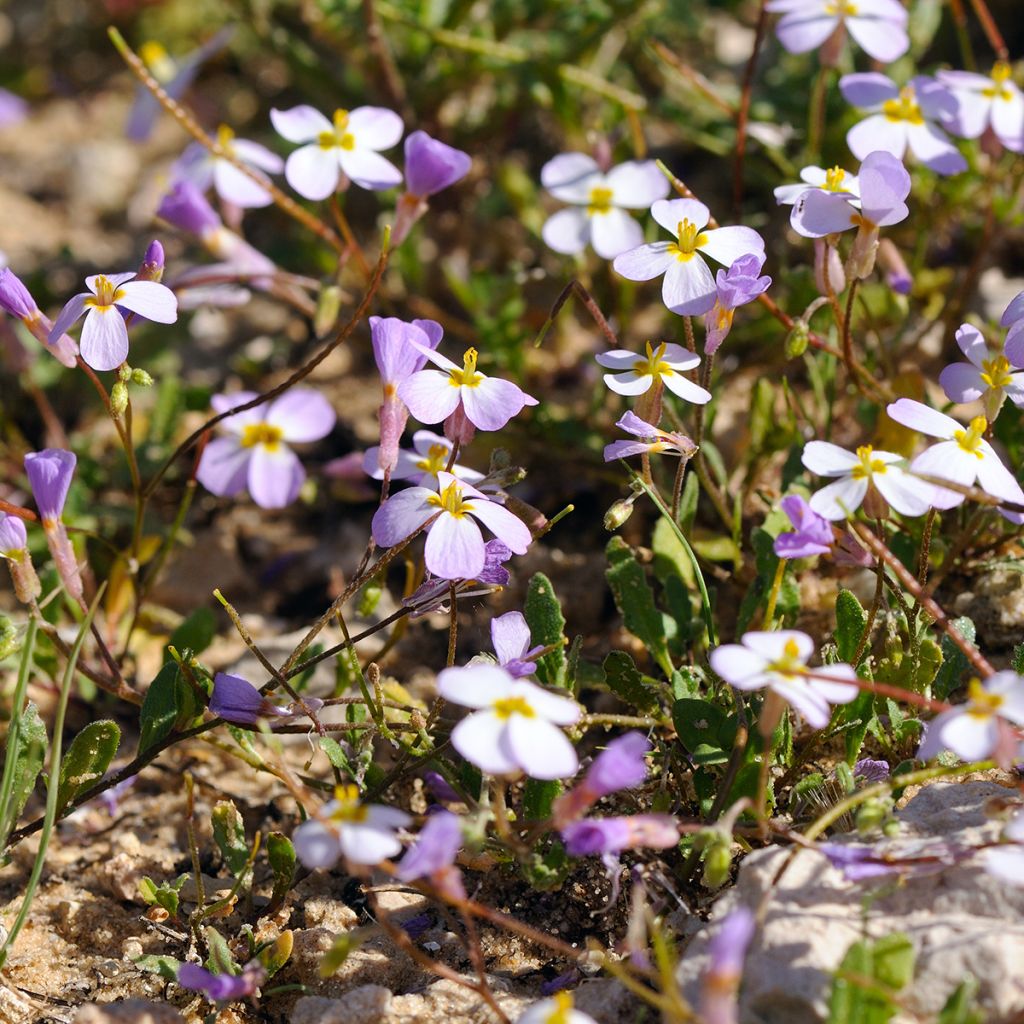

Arabis alpina subsp. caucasica Rosea
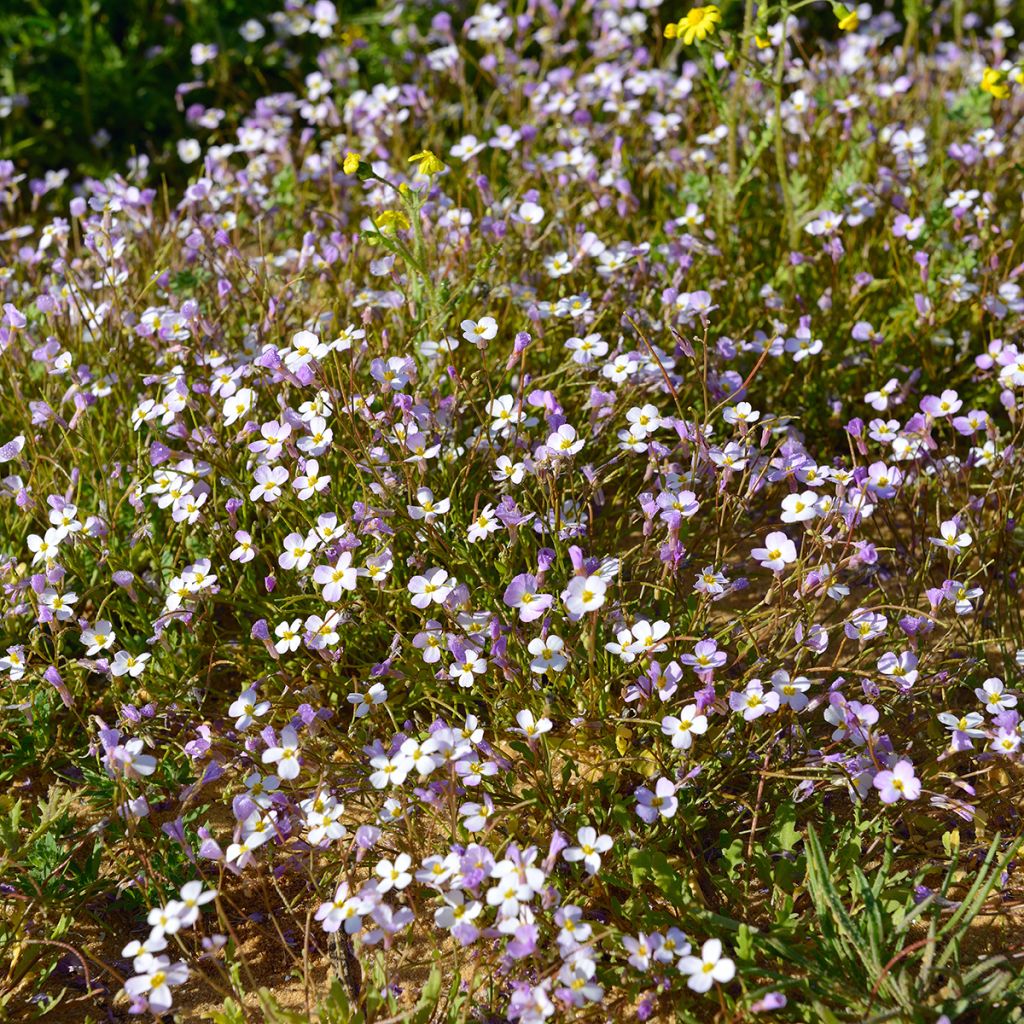

Arabis alpina subsp. caucasica Rosea
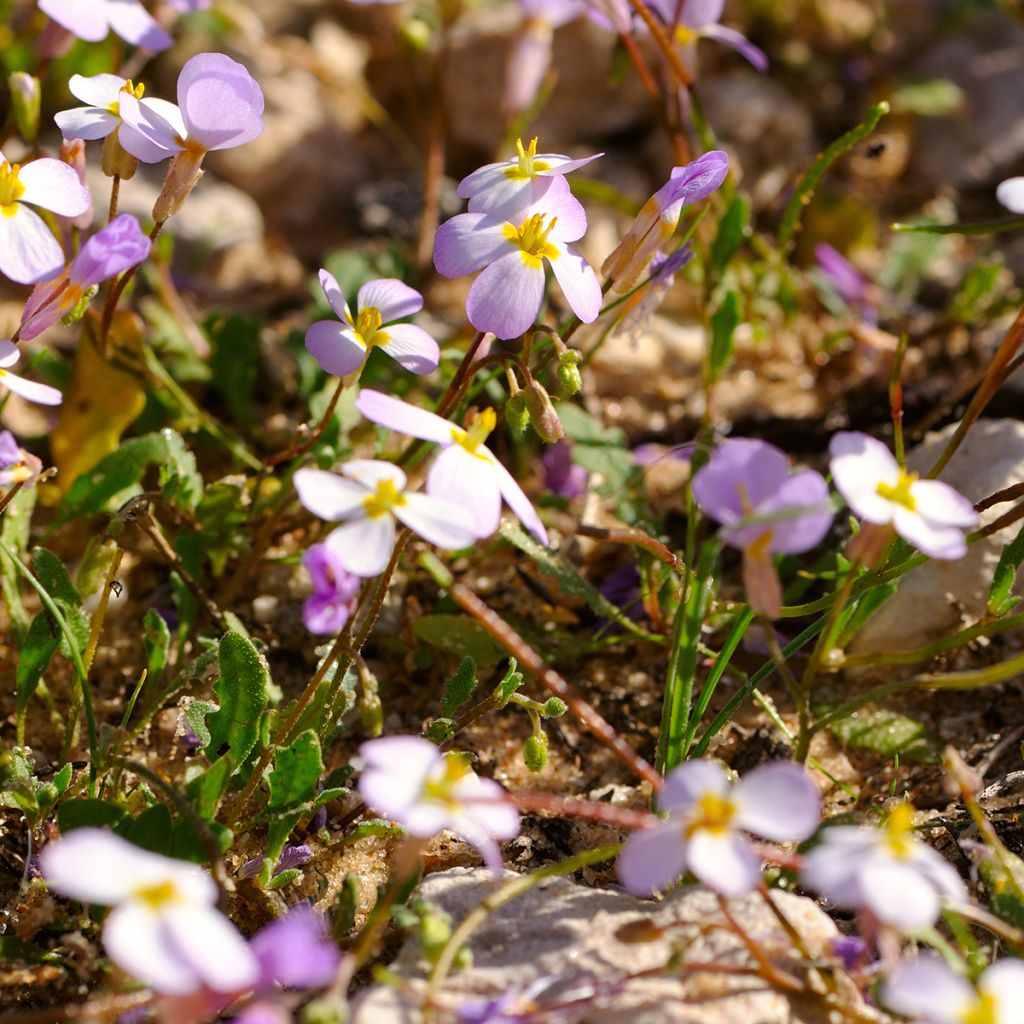

Arabis alpina subsp. caucasica Rosea
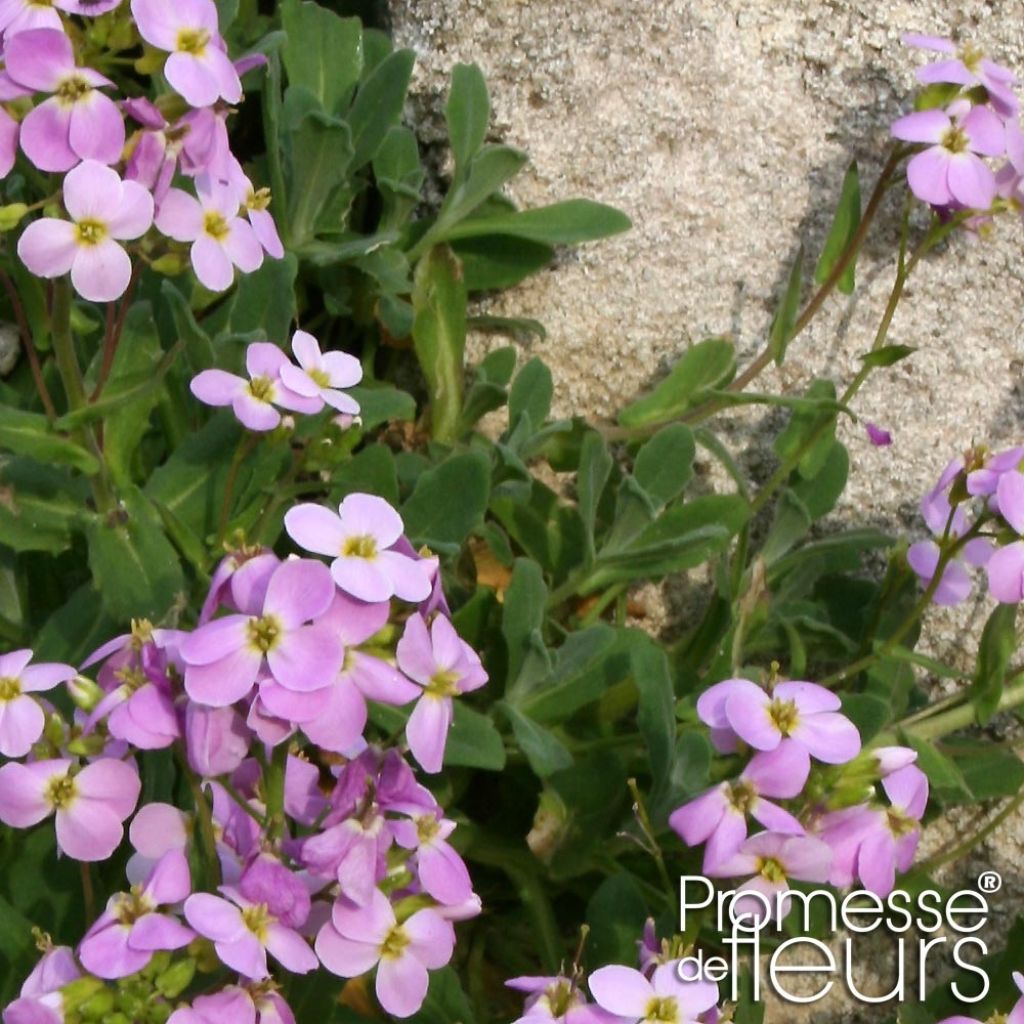

Arabis alpina subsp. caucasica Rosea
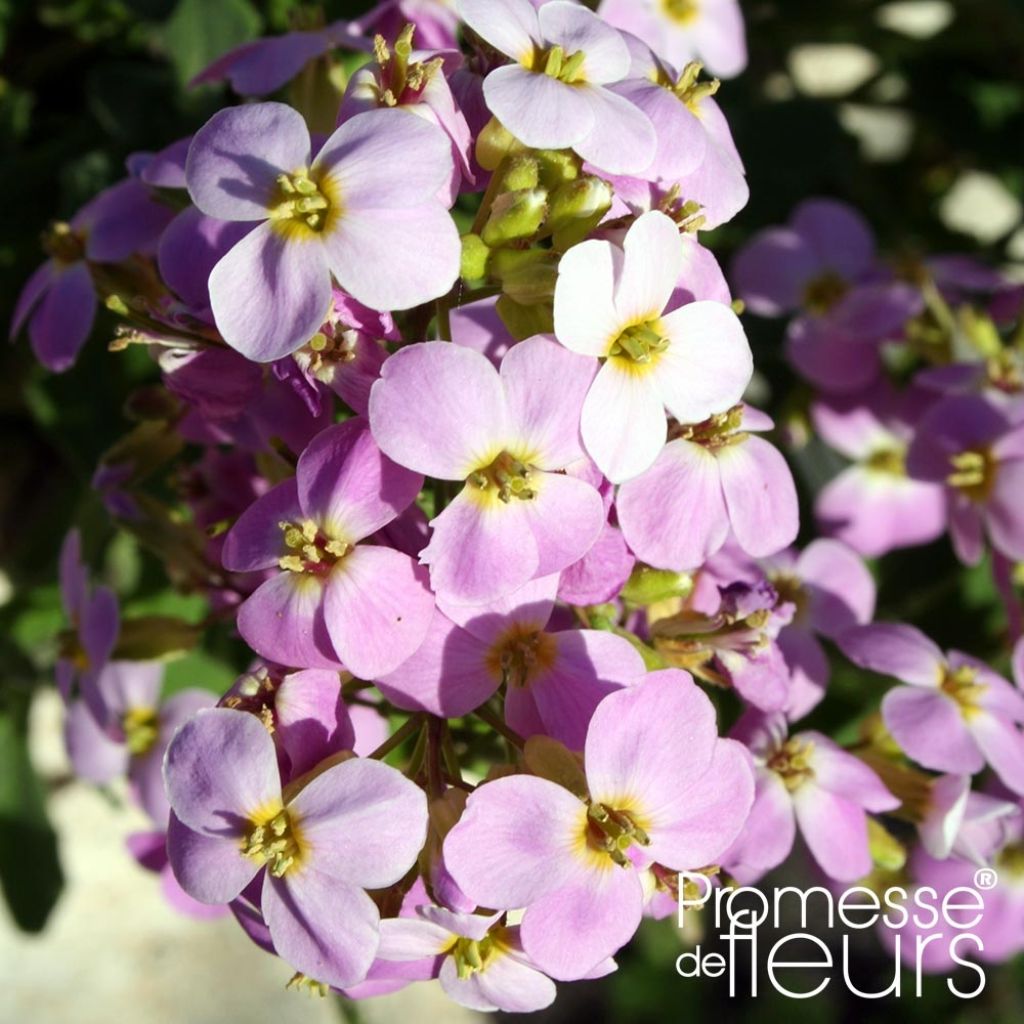

Arabis alpina subsp. caucasica Rosea
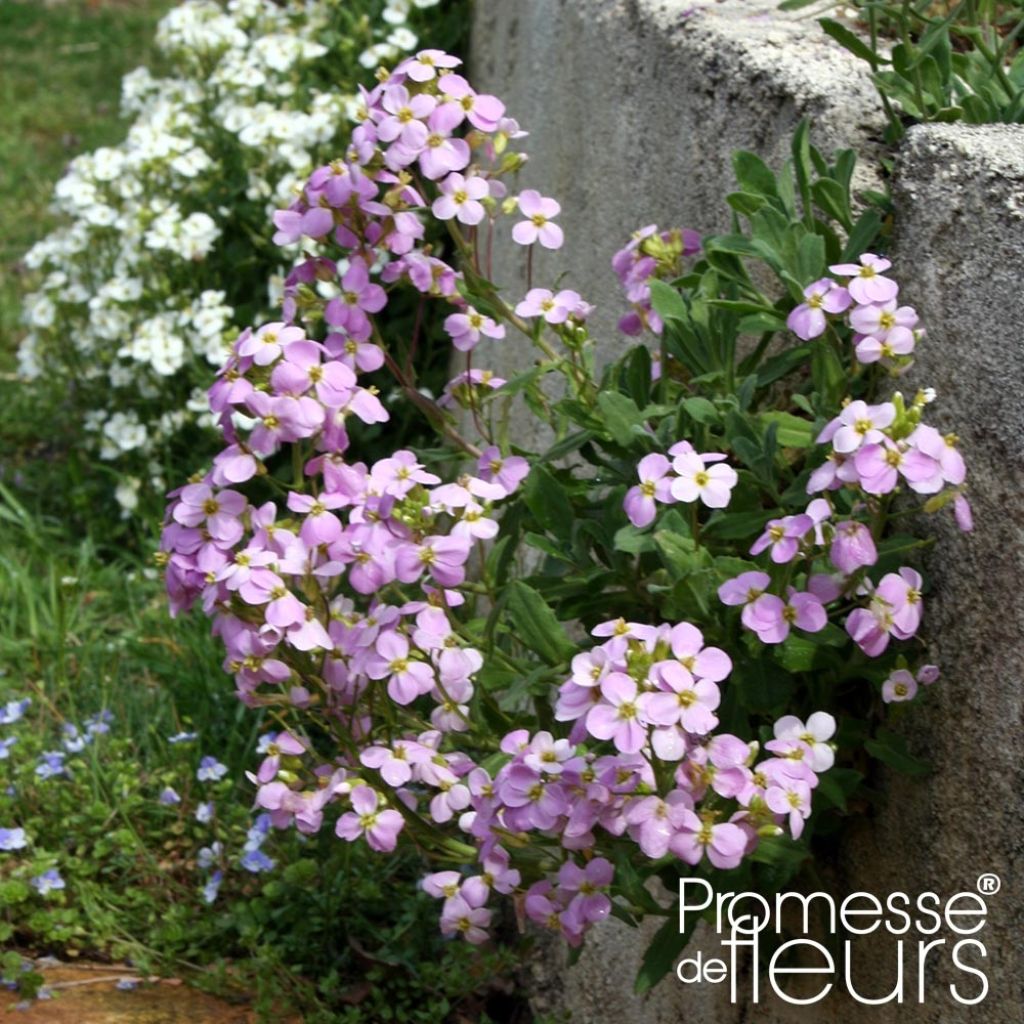

Arabis alpina subsp. caucasica Rosea
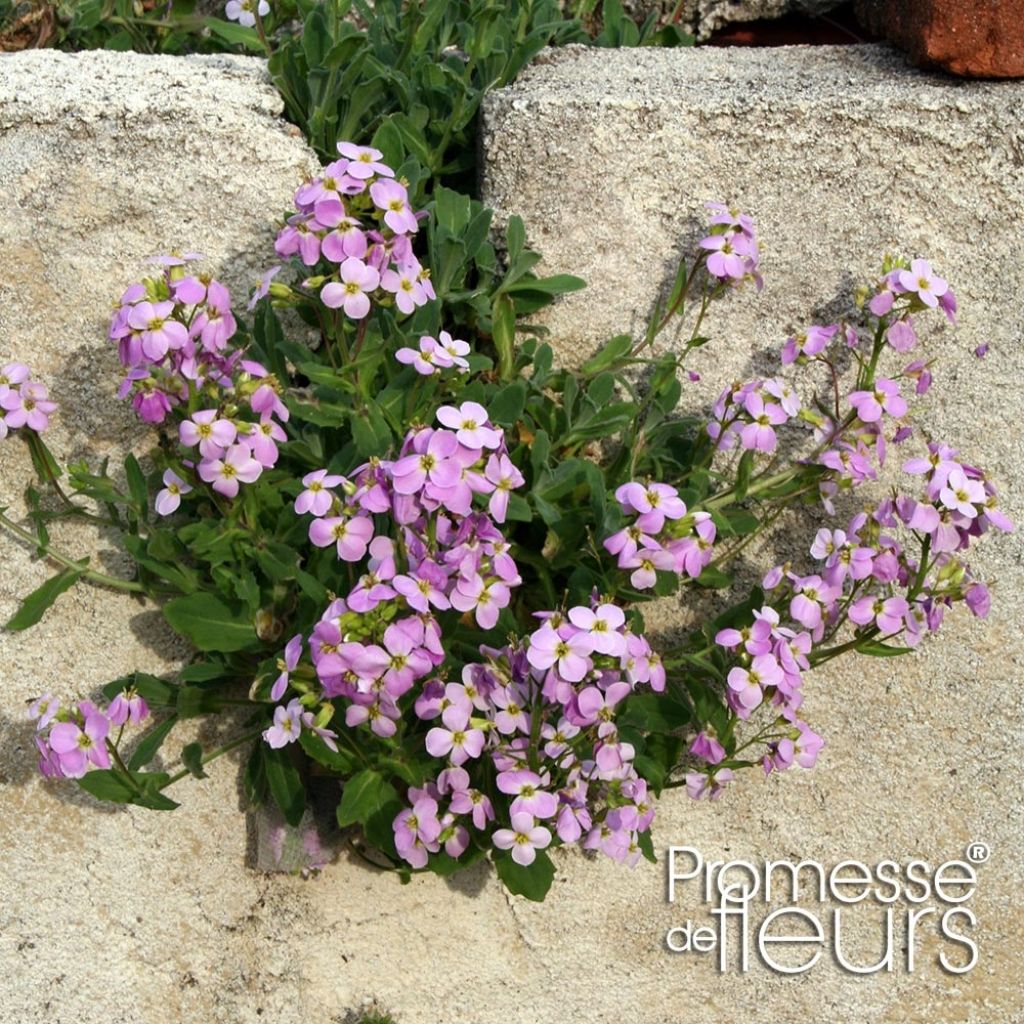

Arabis alpina subsp. caucasica Rosea
Arabis alpina subsp. caucasica Rosea
Arabis caucasica Rosea
Mountain Rock Cress, Alpine Rock Cress, Alpine Rockcress, Caucasus Rockcress, Wall Rock Cress
Field of very dry and stunted young plants, almost unsellable.
Alex, 20/04/2023
Special offer!
Receive a €20 voucher for any order over €90 (excluding delivery costs, credit notes, and plastic-free options)!
1- Add your favorite plants to your cart.
2- Once you have reached €90, confirm your order (you can even choose the delivery date!).
3- As soon as your order is shipped, you will receive an email containing your voucher code, valid for 3 months (90 days).
Your voucher is unique and can only be used once, for any order with a minimum value of €20, excluding delivery costs.
Can be combined with other current offers, non-divisible and non-refundable.
Home or relay delivery (depending on size and destination)
Schedule delivery date,
and select date in basket
This plant carries a 12 months recovery warranty
More information
We guarantee the quality of our plants for a full growing cycle, and will replace at our expense any plant that fails to recover under normal climatic and planting conditions.
Would this plant suit my garden?
Set up your Plantfit profile →
Description
Arabis caucasica 'Rosea', also known as Caucasian rockcress or basket-of-gold, forms a very effective ground cover to combat weeds. It is particularly decorative with its tiny evergreen dark green foliage and its lightly scented, light pink spring flowering. Easy to grow in well-drained soil. Ideal for covering walls, climbing slopes.
Arabis alpina subsp. caucasica belongs to the Brassicaceae family. It is native to temperate regions of the Northern Hemisphere. 'Rosea' is a variety distinguished by its light pink to carmine flowers. This perennial evergreen forms a dense carpet, spreading through rhizomes and growing relatively slowly. It forms a dense ground cover reaching 15 cm (6in) in height, with a minimum spread of 45 cm (18in). Flowering occurs from April to June, depending on the climate. Its fragrant, 1 cm (1in) in diameter, pink flowers have four petals and are clustered together. They bloom above the grey-green foliage. The leaves form loose rosettes, are oval, serrated, and measure 3 cm (1in) in length.
As quintessential rock plants, the most robust rockcress varieties also make excellent ground covers along borders, in floral paving, as a crown on a wall, on a slope, etc. Charming, like a flowery curtain on walls, Arabis caucasica is an excellent ground cover, capable of covering a large area in a few years and preventing weeds. This plant is not well-suited for formal rock gardens because it may harm delicate plants, but it is perfect for covering the ground around shrubs or hedges where nothing else can grow. The plant will bloom in the spring, alongside tulips, every year without fail.
Rockcress are hardy plants that prefer to grow in well-drained soil and sunny areas. They can also thrive in rocky or gravelly terrain and can tolerate soil that is acidic, neutral, or slightly alkaline. To establish the plant, it's important to water it regularly after planting, from spring to autumn. After blooming, prune the shrubs with shears to encourage denser growth and a branching habit.
Arabis alpina subsp. caucasica Rosea in pictures


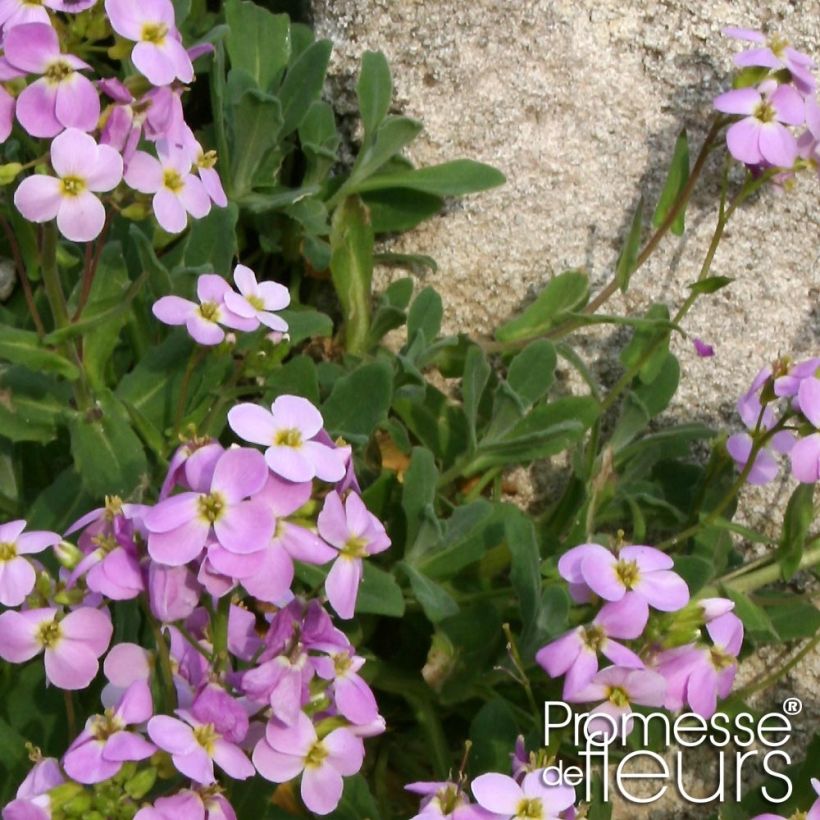

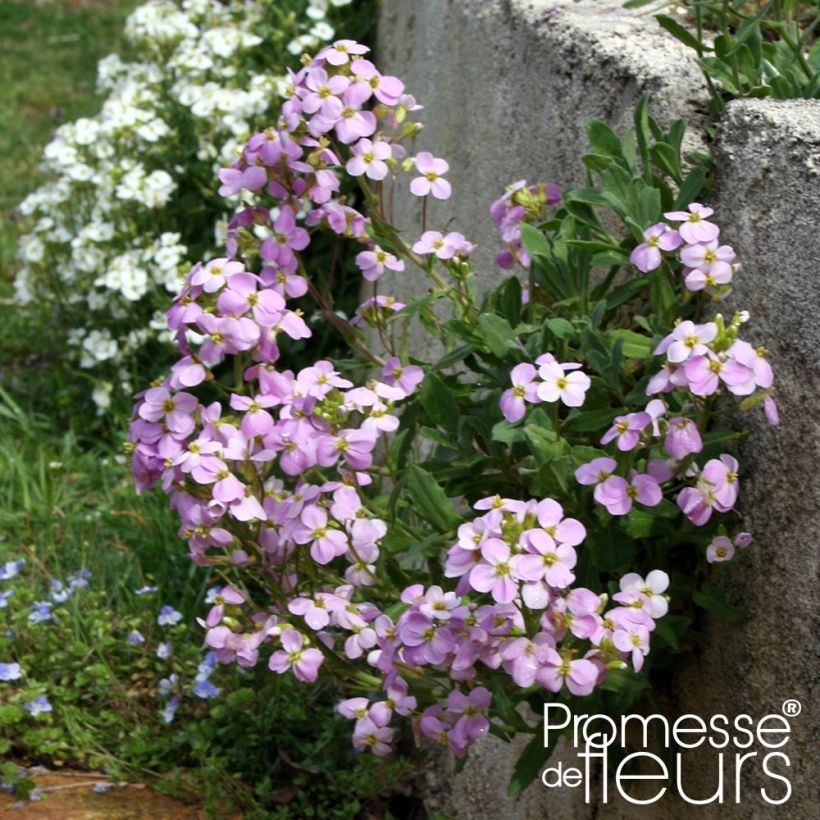

Flowering
Foliage
Plant habit
Botanical data
Arabis
caucasica
Rosea
Brassicaceae
Mountain Rock Cress, Alpine Rock Cress, Alpine Rockcress, Caucasus Rockcress, Wall Rock Cress
Central Europe
Other Arabis
View all →Planting and care
Rockcress thrives in well-drained soil, whether rocky or gravelly, acidic, neutral, or slightly chalky. You can plant them from spring to autumn, but water them regularly to help them grow. To prevent any problems, ensure neighbouring plants and weeds don't crowd them during planting. Although they are very robust, they grow slowly. After they flower, use shears to prune them to encourage denser growth.
Planting period
Intended location
Care
Planting & care advice
-
, onOrder confirmed
Reply from on Promesse de fleurs
Similar products
Haven't found what you were looking for?
Hardiness is the lowest winter temperature a plant can endure without suffering serious damage or even dying. However, hardiness is affected by location (a sheltered area, such as a patio), protection (winter cover) and soil type (hardiness is improved by well-drained soil).

Photo Sharing Terms & Conditions
In order to encourage gardeners to interact and share their experiences, Promesse de fleurs offers various media enabling content to be uploaded onto its Site - in particular via the ‘Photo sharing’ module.
The User agrees to refrain from:
- Posting any content that is illegal, prejudicial, insulting, racist, inciteful to hatred, revisionist, contrary to public decency, that infringes on privacy or on the privacy rights of third parties, in particular the publicity rights of persons and goods, intellectual property rights, or the right to privacy.
- Submitting content on behalf of a third party;
- Impersonate the identity of a third party and/or publish any personal information about a third party;
In general, the User undertakes to refrain from any unethical behaviour.
All Content (in particular text, comments, files, images, photos, videos, creative works, etc.), which may be subject to property or intellectual property rights, image or other private rights, shall remain the property of the User, subject to the limited rights granted by the terms of the licence granted by Promesse de fleurs as stated below. Users are at liberty to publish or not to publish such Content on the Site, notably via the ‘Photo Sharing’ facility, and accept that this Content shall be made public and freely accessible, notably on the Internet.
Users further acknowledge, undertake to have ,and guarantee that they hold all necessary rights and permissions to publish such material on the Site, in particular with regard to the legislation in force pertaining to any privacy, property, intellectual property, image, or contractual rights, or rights of any other nature. By publishing such Content on the Site, Users acknowledge accepting full liability as publishers of the Content within the meaning of the law, and grant Promesse de fleurs, free of charge, an inclusive, worldwide licence for the said Content for the entire duration of its publication, including all reproduction, representation, up/downloading, displaying, performing, transmission, and storage rights.
Users also grant permission for their name to be linked to the Content and accept that this link may not always be made available.
By engaging in posting material, Users consent to their Content becoming automatically accessible on the Internet, in particular on other sites and/or blogs and/or web pages of the Promesse de fleurs site, including in particular social pages and the Promesse de fleurs catalogue.
Users may secure the removal of entrusted content free of charge by issuing a simple request via our contact form.
The flowering period indicated on our website applies to countries and regions located in USDA zone 8 (France, the United Kingdom, Ireland, the Netherlands, etc.)
It will vary according to where you live:
- In zones 9 to 10 (Italy, Spain, Greece, etc.), flowering will occur about 2 to 4 weeks earlier.
- In zones 6 to 7 (Germany, Poland, Slovenia, and lower mountainous regions), flowering will be delayed by 2 to 3 weeks.
- In zone 5 (Central Europe, Scandinavia), blooming will be delayed by 3 to 5 weeks.
In temperate climates, pruning of spring-flowering shrubs (forsythia, spireas, etc.) should be done just after flowering.
Pruning of summer-flowering shrubs (Indian Lilac, Perovskia, etc.) can be done in winter or spring.
In cold regions as well as with frost-sensitive plants, avoid pruning too early when severe frosts may still occur.
The planting period indicated on our website applies to countries and regions located in USDA zone 8 (France, United Kingdom, Ireland, Netherlands).
It will vary according to where you live:
- In Mediterranean zones (Marseille, Madrid, Milan, etc.), autumn and winter are the best planting periods.
- In continental zones (Strasbourg, Munich, Vienna, etc.), delay planting by 2 to 3 weeks in spring and bring it forward by 2 to 4 weeks in autumn.
- In mountainous regions (the Alps, Pyrenees, Carpathians, etc.), it is best to plant in late spring (May-June) or late summer (August-September).
The harvesting period indicated on our website applies to countries and regions in USDA zone 8 (France, England, Ireland, the Netherlands).
In colder areas (Scandinavia, Poland, Austria...) fruit and vegetable harvests are likely to be delayed by 3-4 weeks.
In warmer areas (Italy, Spain, Greece, etc.), harvesting will probably take place earlier, depending on weather conditions.
The sowing periods indicated on our website apply to countries and regions within USDA Zone 8 (France, UK, Ireland, Netherlands).
In colder areas (Scandinavia, Poland, Austria...), delay any outdoor sowing by 3-4 weeks, or sow under glass.
In warmer climes (Italy, Spain, Greece, etc.), bring outdoor sowing forward by a few weeks.






























